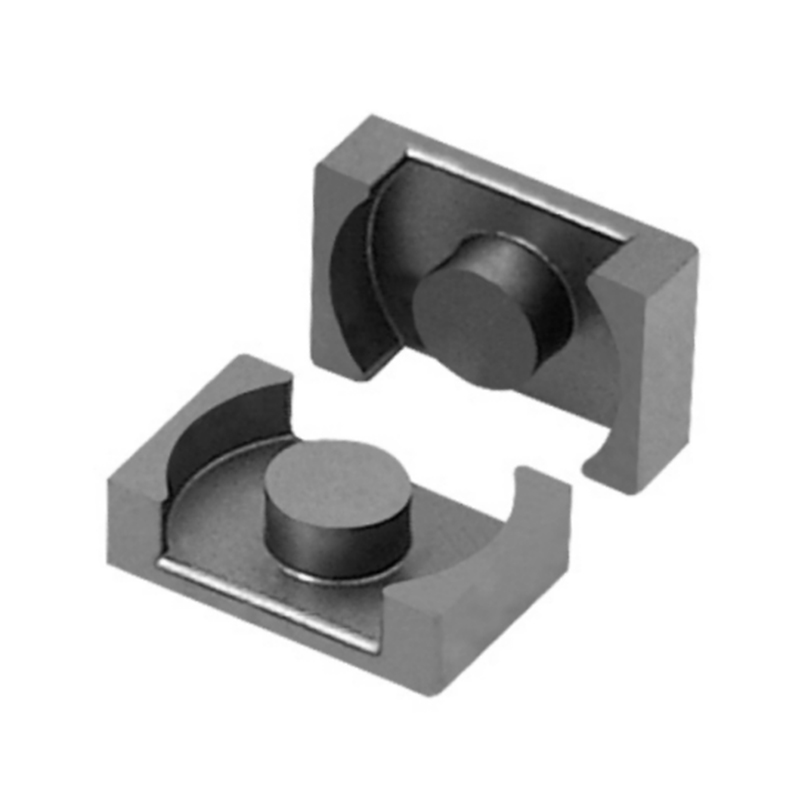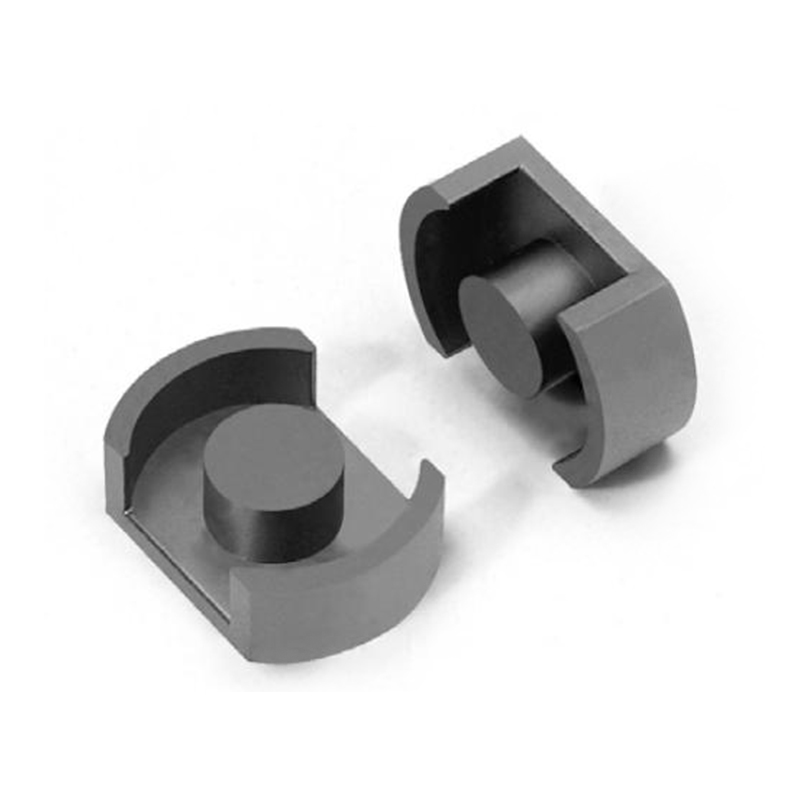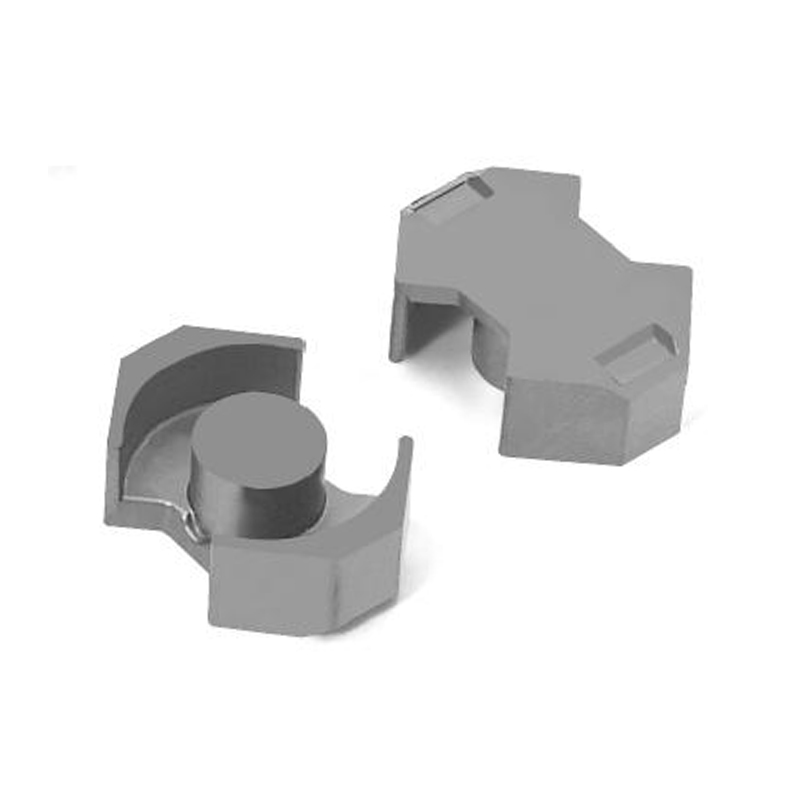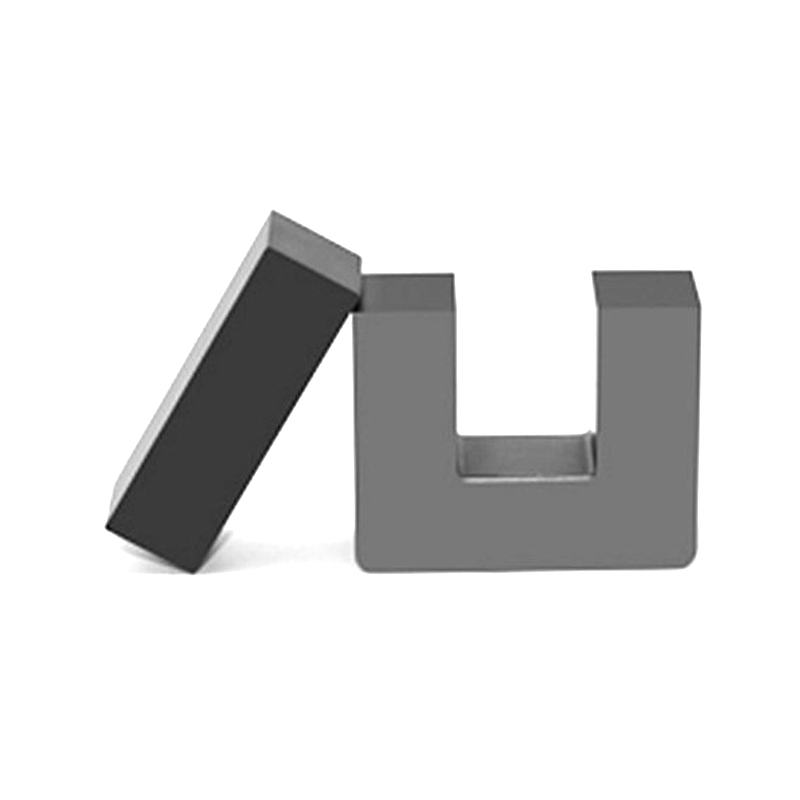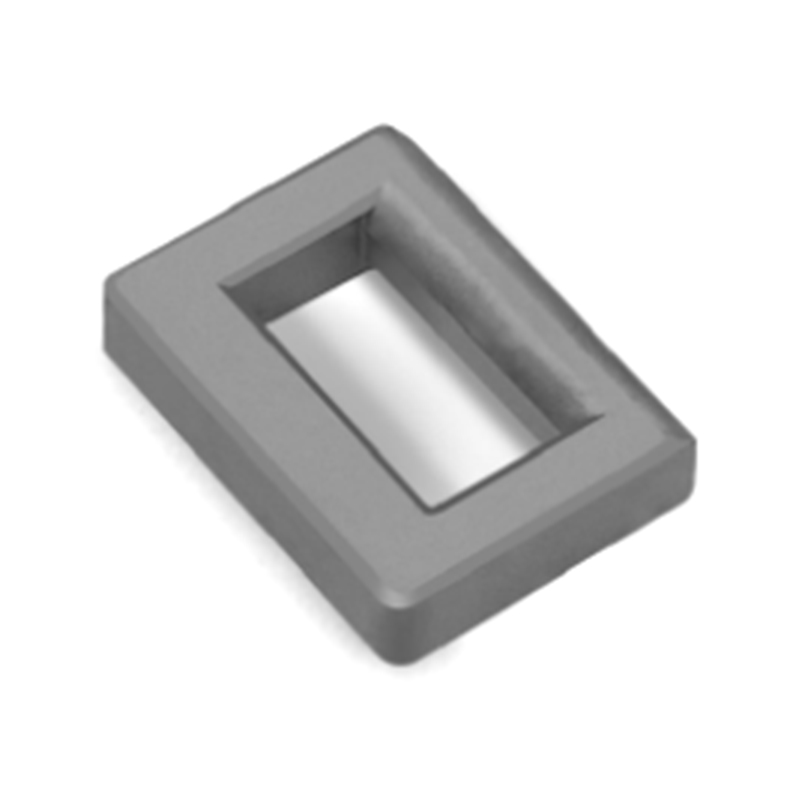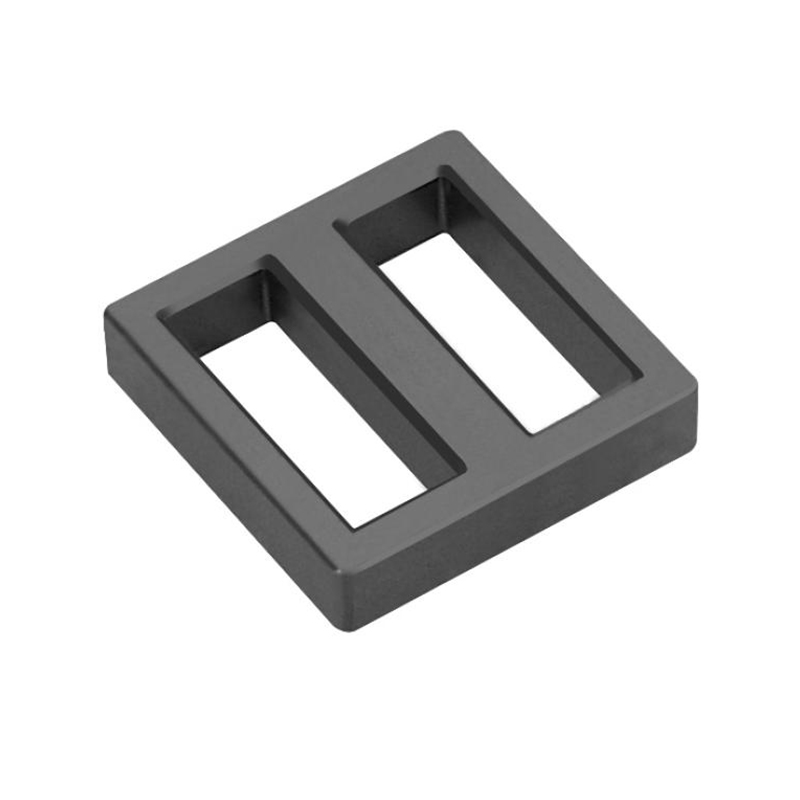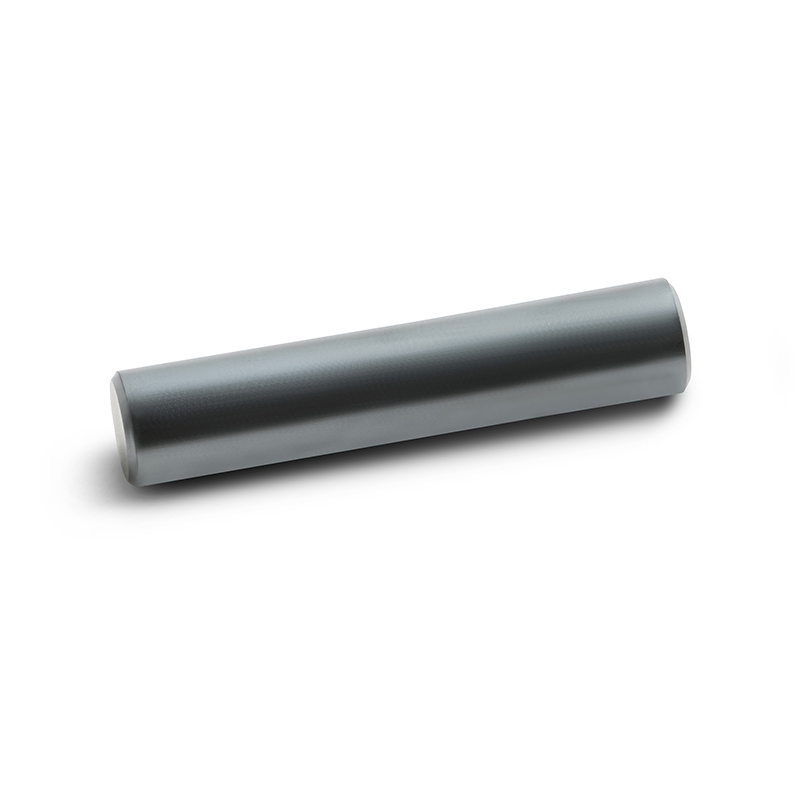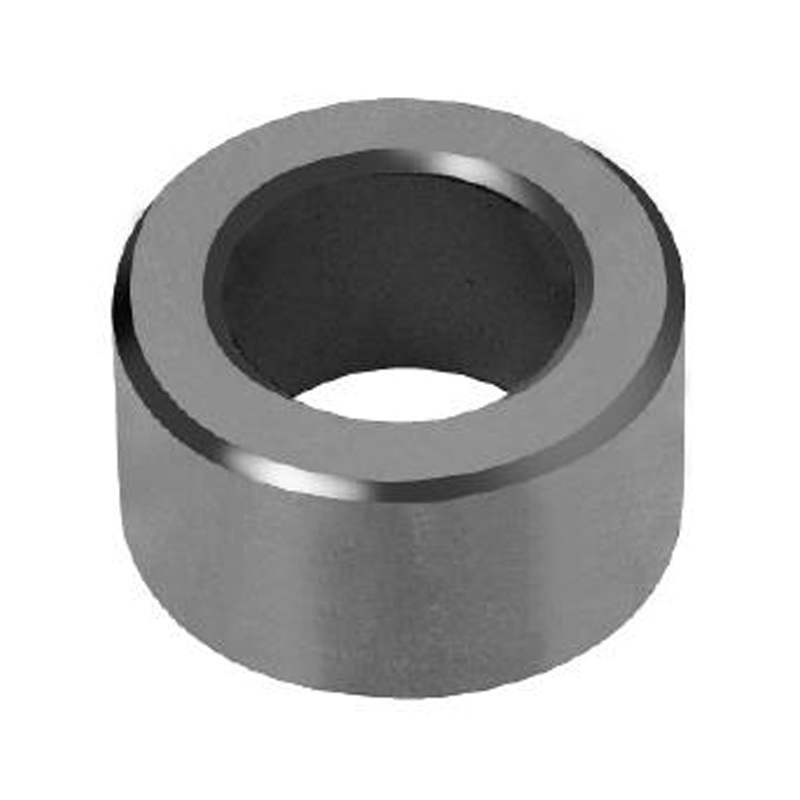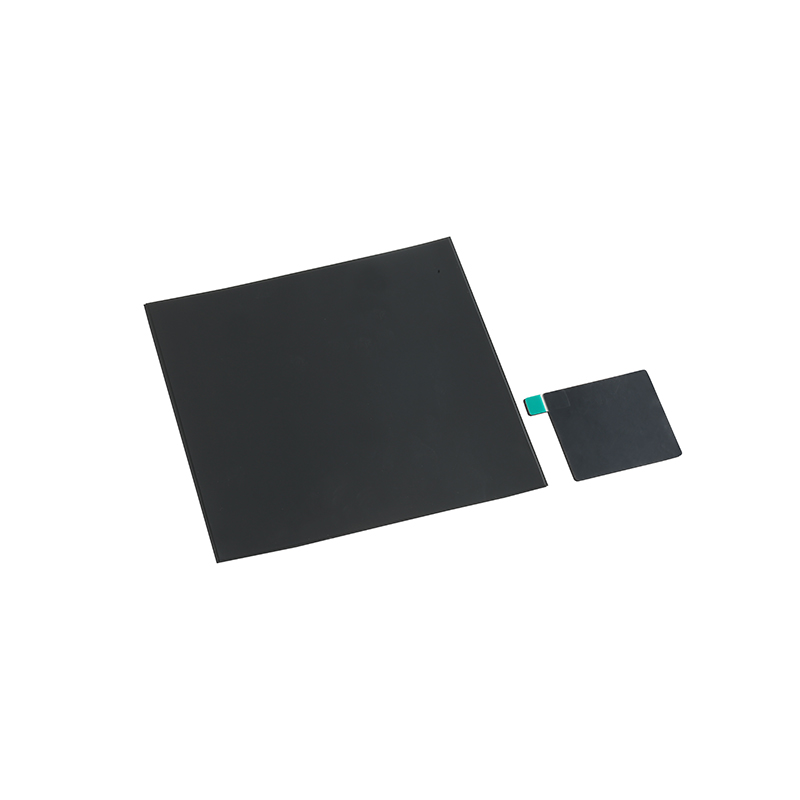Performance of Soft Magnetic Ferrite Powder at High and Low Temperatures
1. Performance at High Temperatures
The magnetic properties of soft magnetic ferrite are significantly affected in high-temperature environments, manifested in the following ways:
Curie Temperature: The Curie temperature is a critical characteristic of soft magnetic ferrite materials. When the temperature approaches or exceeds the Curie temperature, the permeability of the ferrite decreases sharply, and the material gradually transitions from ferromagnetic to paramagnetic, with almost complete loss of magnetism. The Curie temperature of soft magnetic ferrite is typically between 100°C and 300°C, depending on the composition and structure of the material.
Decrease in Permeability: As the temperature increases, the permeability of soft magnetic ferrite gradually decreases. This means that the magnetic properties of the material weaken, affecting its ability to operate efficiently in high-temperature environments. The loss of permeability can lead to a decline in the performance of electronic components.
Increased Power Loss: At high temperatures, the power loss of soft magnetic ferrite also increases, especially in high-frequency applications. The increase in temperature exacerbates hysteresis loss and eddy current loss, resulting in higher power loss and affecting the efficiency and service life of the equipment.
2. Performance at Low Temperatures
Compared to high temperatures, the impact of low temperatures on soft magnetic ferrite powder is relatively small, but there are still some changes in performance:
Change in Permeability: In low-temperature environments, the permeability of soft magnetic ferrite usually increases. Low temperatures help reduce thermal disturbances, making magnetic domains more stable and enhancing magnetism. However, the specific extent of this change depends on the chemical composition and structure of the material.

Increased Brittleness: At extremely low temperatures, soft magnetic ferrite materials may become more brittle and susceptible to cracking or damage under mechanical stress. Therefore, additional measures need to be taken to prevent mechanical damage to the material in low-temperature applications.
Changes in Coefficient of Thermal Expansion: As the temperature decreases, the coefficient of thermal expansion of the material also changes, which may cause stress inside the components and affect their mechanical structure and electromagnetic performance.
3. Optimization of Temperature Stability
To improve the stability of soft magnetic ferrite at extreme temperatures, manufacturers can adjust the chemical composition of the material or employ specific processes (such as doping or optimizing the sintering process) to improve its high-temperature and low-temperature performance. This optimization can enhance the temperature stability of the material, allowing it to maintain better magnetic properties in extreme environments.
4. Temperature Performance in Typical Applications
High-Frequency Applications: In high-frequency circuits, such as switching power supplies or transformers, the increased loss of soft magnetic ferrite at high temperatures can affect the overall efficiency of the system. Therefore, good heat dissipation design and temperature management are crucial to maintaining equipment performance.
Low-Temperature Applications: In low-temperature scenarios such as aerospace and low-temperature physics experiments, soft magnetic ferrite materials can generally maintain good magnetic properties, but due to increased brittleness, appropriate protective measures need to be taken to ensure that the mechanical structure of the material is not damaged by low temperatures.

 中文简体
中文简体